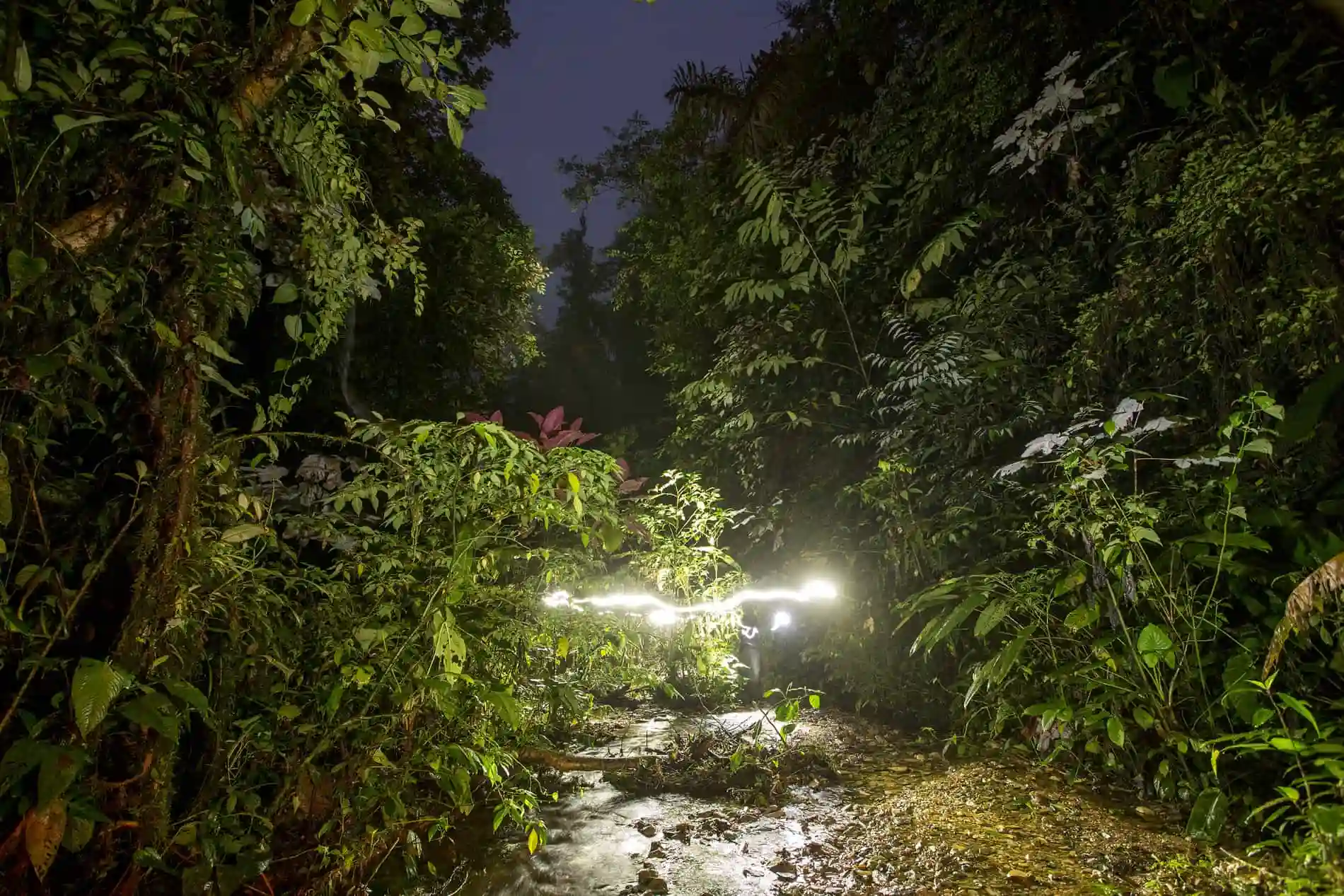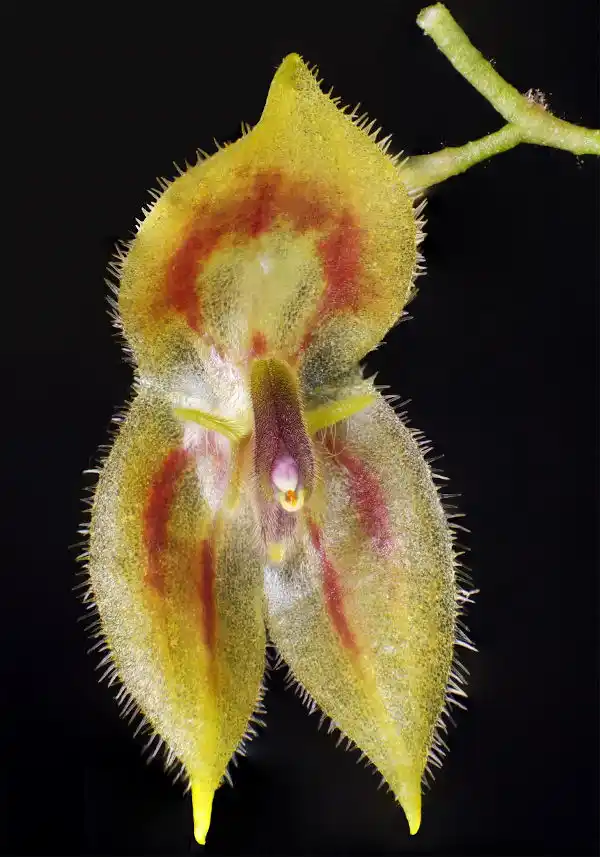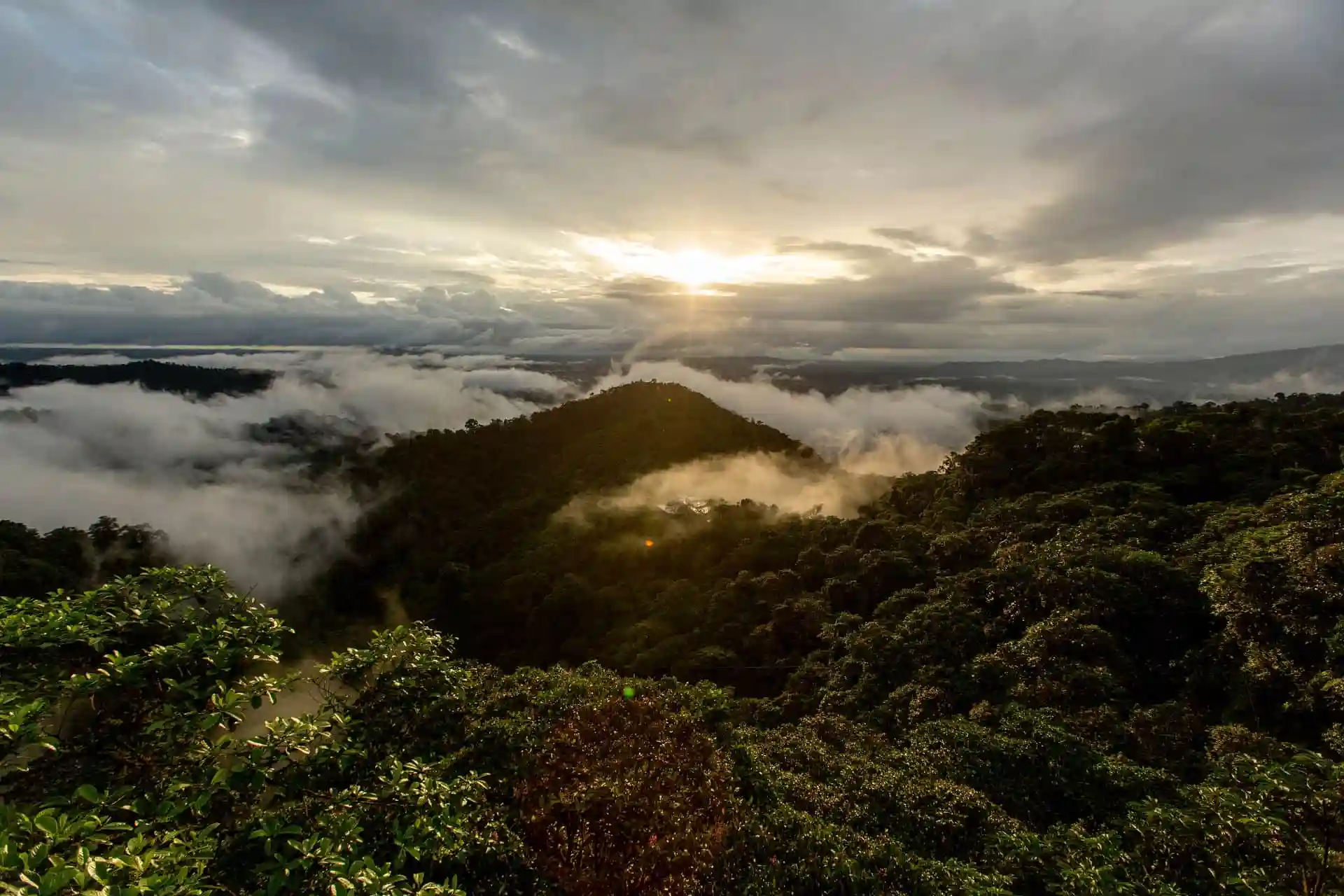Orchid species diversification has taken an exciting turn with the recent discovery of a new species in the Mashpi Reserve, an integral component of the Choco biosphere in north-western Ecuador. This significant find was made possible through a collaborative effort involving Mashpi Lodge’s Department of Research and Biology, Quito’s Botanical Garden, and Universidad de las Americas (UDLA), a prestigious local university.
Lepanthes mashpica (Baquero & T.S. Jaram), named after its home, is a species of orchid that belongs to the Pleurothallidinae subtribe of the orchid family. The Lepanthes genus, one of the most diverse in the world, comprises over 1100 species worldwide.

New Orchid Species: The Process of Discovering Floral Wonders
The type specimen was collected in 2017, during an excursion through one of the many trails that surround Mashpi Lodge. Lead researcher Luis Baquero (UDLA-JBQ) looked for crucial clues in the shape and form of the plant, expertly using methods of taxonomy to establish the distinct traits that set this species apart from the rest of its subtribe. The cataloging process confirmed that it’s a distinct orchid species, previously unrecognized by science.
The process is a bit longer than one might expect. According to Mateo Roldan, the Research Director at Mashpi Lodge, it took several outings. “Finally, on Luis’ third visit, we were able to find this orchid in bloom. This was when he said to me, ´This is a new species! ´ the excitement was immense! Later, back at the lodge, he showed me the details of the flower: shape, color, pattern, but especially the number of hairs over the petals. I couldn’t wait to start sending pictures to my friends and colleagues with the good news!”

Lepanthes mashpica joins the expanding list of endemic species discovered in the Reserve, which includes Magnolia mashpi, an iconic tree species that also bears the Mashpi moniker and the Mashpi Torrenteer (Hyloscirtus mashpi) a recently discovered nocturnal tree frog.
What lies in store for this newly discovered orchid?
Luis and his team claim that there are several healthy populations of this species located at the Mashpi Reserve and that seedlings and adult specimens can be found alongside each other, which bodes well for the long term health of the species. For the time being, it is considered endemic to the Reserve, seeing as no specimens have been found elsewhere.
These efforts highlight the amazing level of biodiversity that occurs in the rich environment of the Choco forest, which has the distinction of being one of the most diverse in the world while also being one of the most threatened. Conservation programs rely on research such as the one that identified this orchid to quantify the value of the region, which is home to all sorts of unique wildlife.

The Mashpi Reserve is part of a concerted effort to protect a substantial part of the Ecuadorian Choco rainforest from deforestation. Efforts include a carbon-sequestering program, education programs for local inhabitants around the region, and scientific efforts such as the one that led to the discovery of Lepanthes mashpica.
These efforts are supported in part by contributions from Mashpi Lodge.
(Photo credits: Luis Baquero)




